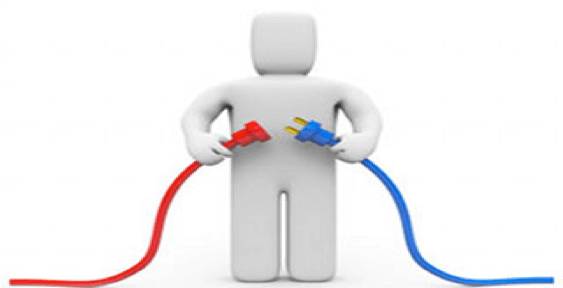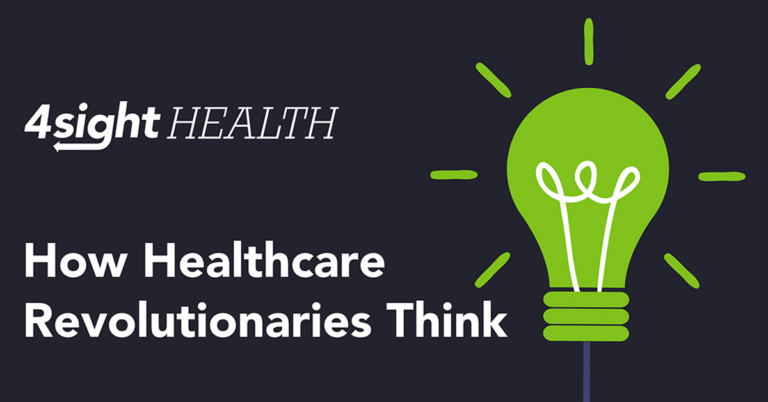July 15, 2015

Uber Up! Customer Interfacing Discovers Healthcare
Market Corner Commentary: July 15, 2015-Uber Up! Customer Interfacing Discovers Healthcare
A version of this commentary first appeared in “Academy 360” on July 9, 2015
More “suits” flock to downtown San Francisco each January for JP Morgan’s Healthcare Conference than the rest of the year combined – visible proof that healthcare is almost eighteen percent of the U.S. economy.
A month before this year’s conference, I searched for lodging. Talk about sticker shock. No rooms available for under $1000 per night.
Out of desperation (or inspiration), I browsed the Vacation Rentals by Owners (VRBO) website and rented a well-located, one-bedroom apartment for $200 a night with no taxes.
I love VRBO. We rent Lake Michigan vacation cottages every August through their website. VRBO offers abundant choice, competitive prices and incredible convenience.
Here’s the thing. VRBO doesn’t own or manage any properties. It connects property-seeking customers like me with property-renting owners. VRBO is a classic “customer interfacing” company. “Customer Interfacing” is coming to healthcare.
The Interface Manifesto
Interface companies are the fastest-growing, most profitable companies in history. Think Uber, Facebook, Google, Twitter, Airbnb, YouTube, Priceline. Their value resides ininterfacing software, not in owning hard assets. In a fascinating Tech Crunch article, Tom Goodwin describes this “new breed” of company:
These companies are indescribably thin layers that sit on top of vast supply systems (where the costs are) and interface with a huge number of people (where the money is). There is no better business to be in.
It’s a great business model because the best interface companies own valuable customer relationships at very low operating costs. Like heat-seeking missiles, interfacing companies target and exploit market inefficiencies with precision and deadly-effect.
Armed with abundant supply and price flexibility, interface companies compete with the big brands for customer loyalty (think Expedia versus Marriott). Strong brands have expanded loyalty programs (at great cost) to compete.
Customer Interfacing in Healthcare
Like many disruptive innovations, interfacing is attacking healthcare later in its development cycle. Regulatory barriers, opaque pricing and complex supplier relationships make healthcare a tough industry to penetrate.
The irony is the by-products of healthcare’s protective barriers (asset-heavy providers, revenue-centric business models, ineffective cost control) make incumbent health companies vulnerable to value-based attacks. Here’s why:
- Centralized, overbuilt and underutilized acute-centric facilities: interface companies exploit excess capacity for consumers’ benefit.
- High-cost operations: interface companies drive volume to low-cost, convenient suppliers.
- Increasing commoditization: most treatments, including surgical procedures, have become routine and easy to barter.
- Volume-driven: providers covet cash-paying customers and slash prices to attract them.
Colonoscopies: Ripe for Commodity Pricing
Colonoscopies are the most expensive way to detect colon cancer. Ten million Americans annually undergo colonoscopies at a cost approximating $10 billion.
Colonoscopy prices vary widely. All-in costs can exceed $3000 per procedure, but can be as low as $500.
Higher prices incorporate anesthesiologists and expensive facility charges, but do not improve outcomes. Procedures performed in hospitals with anesthesiologists are much more expensive than those performed in doctors’ offices with nurse anesthetists.
Interfacing companies salivate when they see wide pricing variation for routine services, like colonoscopies. To paraphrase Tom Cruise in Top Gun, healthcare is “a target-rich environment.”
When the Market Speaks…
Texas-based ColonsocopyAssist offers all-in, fixed-priced colonoscopies $1075. They provide services in thirty-four states without owning or managing any treatment facilities.
When routine procedure prices become public, in-market providers quickly match prices. This occurs when providers publish prices (Surgery Center of Oklahoma in Oklahoma City) or when payors employ reference prices (CalPERS with joint replacement surgery in California).
Given that companies like ColonsocopyAssist are gaining marketshare, expect colonoscopy prices nationwide to coalesce at market rates at or below $1000 with procedures performed in convenient, low-cost settings employing nurse anesthetists rather than physician anesthesiologists.
These forays are just the beginning. Expect all-out assaults on routine care as interface companies aggregate users and providers. Many interface companies are in mid- to late-stage development supported by significant venture funding. Some specialize (like ColonsocopyAssist) while others are building broad-based platforms to offer bundledprices for a comprehensive range of treatments.
Digital competition is “winner-take-all”. While hundreds of early-stage interface companies aspire to control customer demand for routine healthcare services, only a handful will succeed. The winners will become powerful market drivers for transparent and value-based service delivery.
Earning Customer Trust is Uber-Important
A consistent theme in my Market Corner Commentaries is the increasing power of consumers to shape healthcare purchasing decisions.
Companies that win customer trust earn market share and shape service provision. Incumbent health companies must earn consumer loyalty (not a core strength) to win in post-reform healthcare.
In addition to VRBO, I love Uber. They offer a premium transportation service with multiple amenity levels at competitive prices.
Uber has earned my trust and I’ve become a loyal customer. I’m courteous with their drivers and generous with reviews (almost always five stars) because I want good customer reviews myself. Reputation matters.
I rarely take cabs anymore unless they’re in Uber’s network. Traditional transportation companies are losing market share while struggling to adapt to harsh market realities unleashed by customer interfacing.
Become the Change
Uber-like companies are coming to healthcare. When customer interfacing attacks industries, supply-demand relationships change very quickly. Look what’s happened in the transportation, retail and hospitality sectors.
Previous healthcare reform attempts have not changed fundamental supply-demand relationships. Providers, not customers, have driven treatment activity and pricing.
CMS’s recent decision to expansively pursue bundled prices for joint replacements will alter market dynamics and deliver better care at lower prices.
Customer interfacing is bundled pricing “on steroids”. Uber-like companies will aim their “transparency missiles” at healthcare’s most inefficient product segments. Once exposed, inflated prices will fall to commodity levels quickly.
Enlightened health systems can achieve competitive advantage by giving primacy to quality outcomes, engaging customers in medical shared decision-making, becoming more transparent and pro-actively decanting routine care to lower-cost, more convenient delivery venues.
Don’t wait. Previous reform efforts could not overcome incumbents’ fundamental control of treatment supply and activity. This time is different. New purchasing strategies and tactics exploit inefficiency and excess capacity.
Incumbent health companies that adapt operations toward true value-based delivery will earn customer trust and gain marketshare. Consumers will punish laggard providers unable to meet their demands for higher-quality, competitively-priced care.
When Bill Gates Speaks…
Bill Gates made the following observation in The Road Ahead,
We always overestimate the change that will occur in the next two years and underestimate the change that will occur in the next ten years. Don’t let yourself be lulled into inaction.
With regard to disruptive interfacing and consumerism, health company executives ignore Gates’ advice at their own peril.





